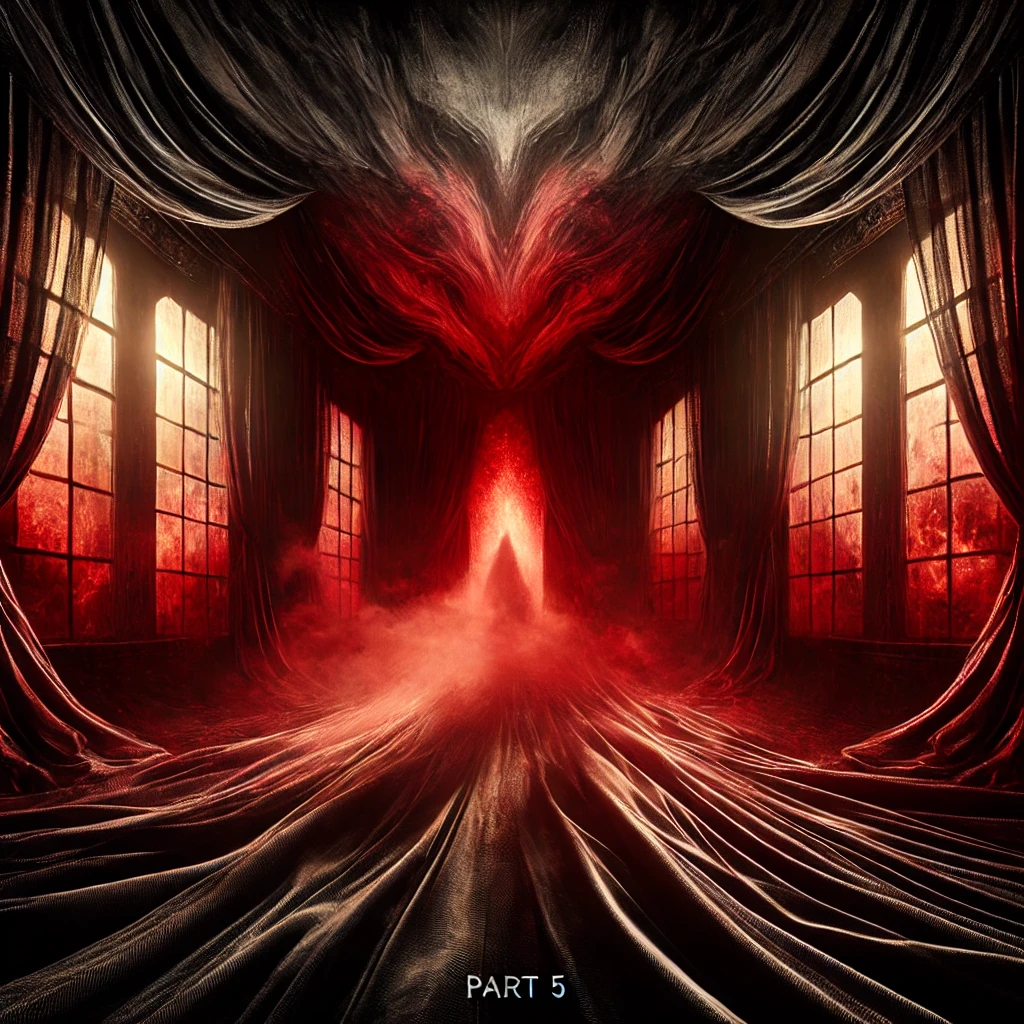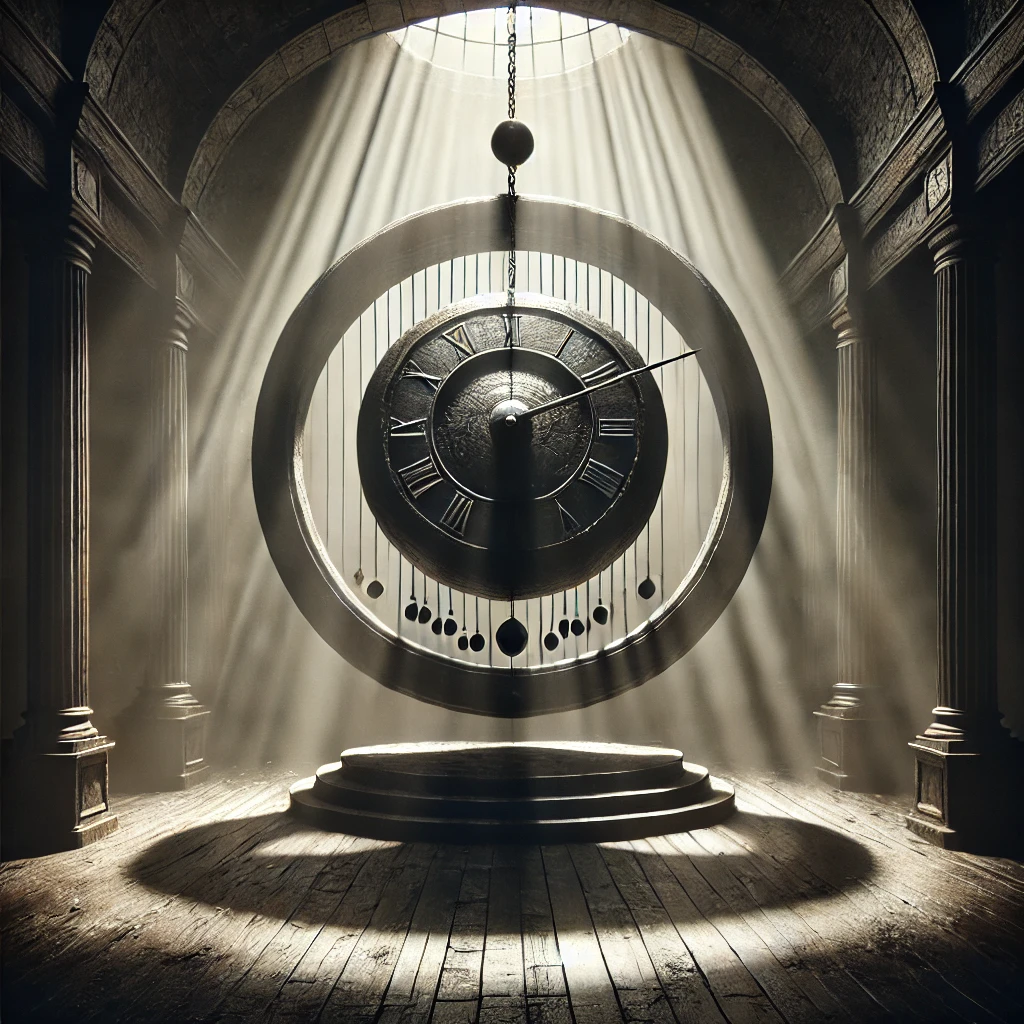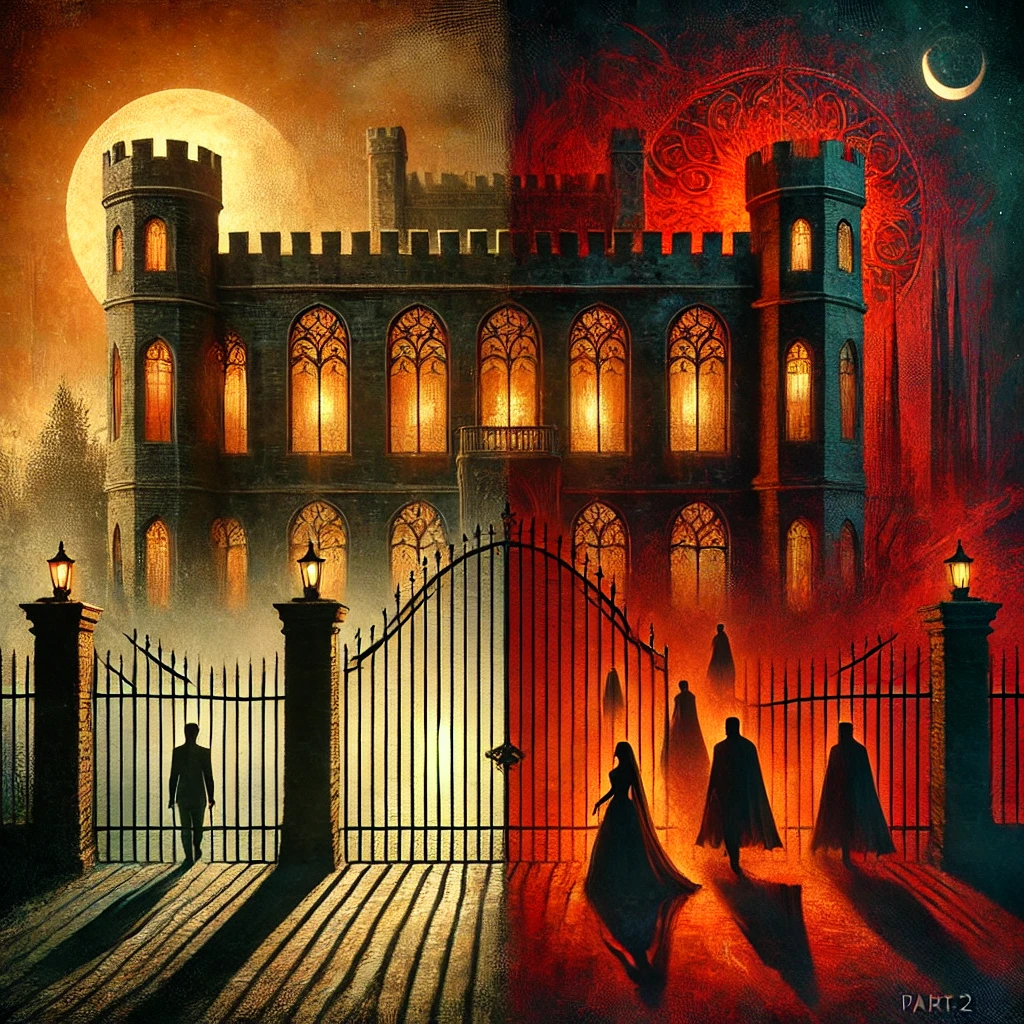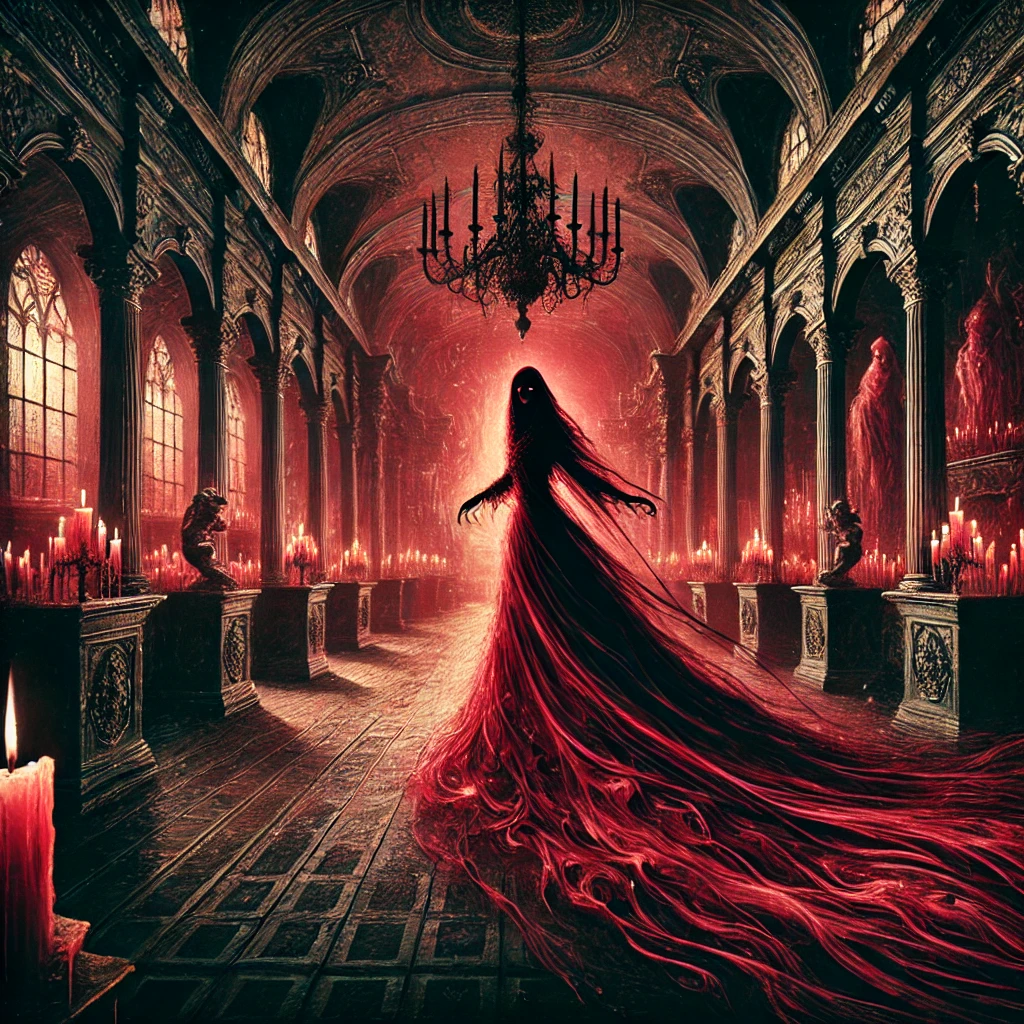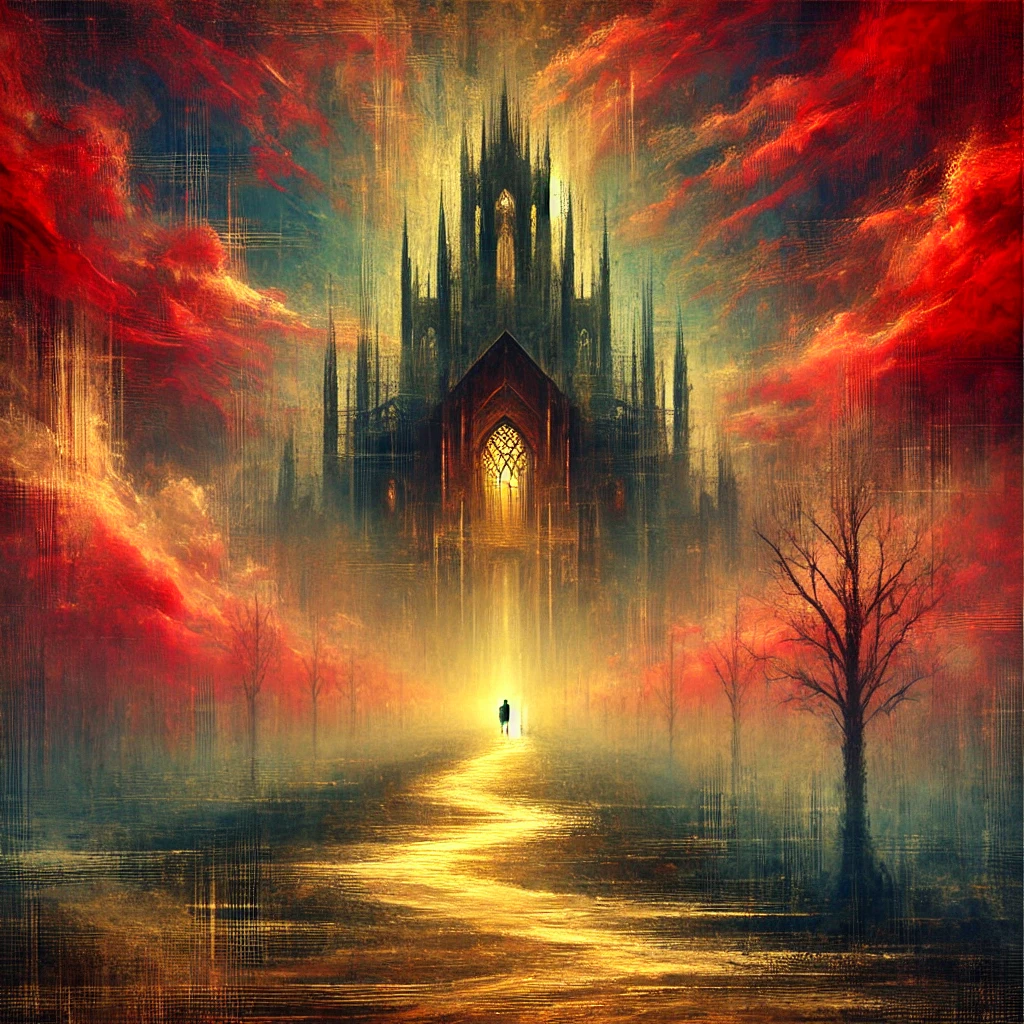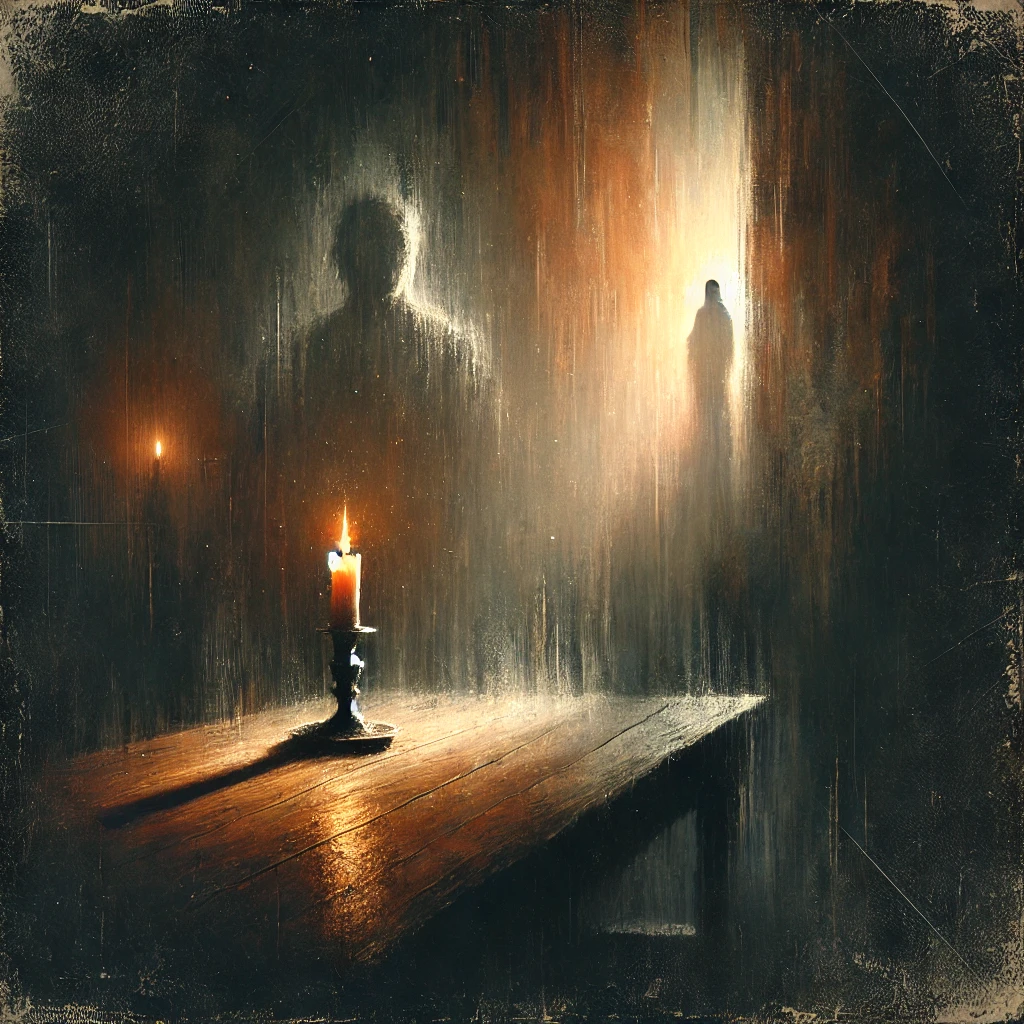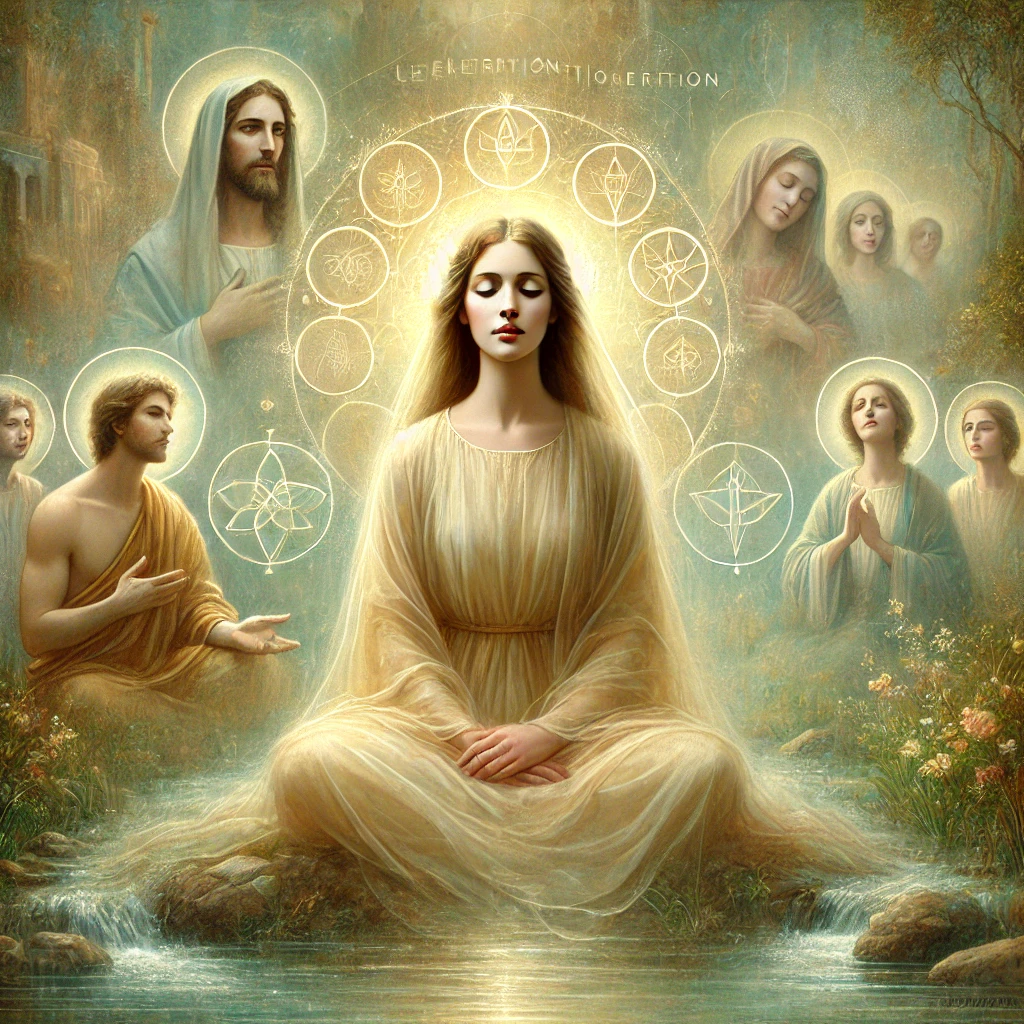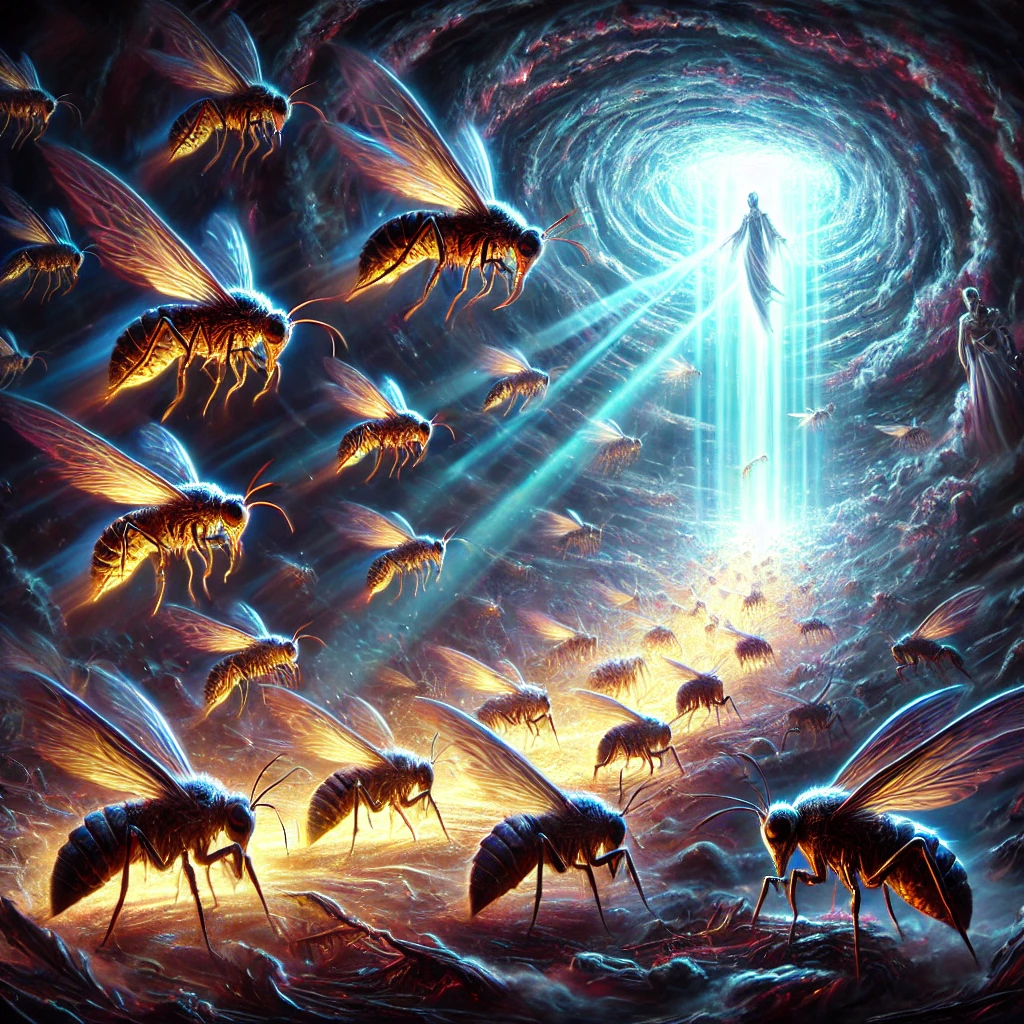A Gradual, Sovereign Shift
The world is changing, but not in the way that many have expected. This shift is not a singular event, a sudden rapture, or an external intervention. It is a gradual unfolding—an evolution of consciousness that is allowing each being to move into the reality that matches their own vibration. Some are stepping into sovereignty, ease, and self-realization, while others remain entangled in the structures of mass consciousness—the collective thoughts, beliefs, and emotional patterns that have shaped human experience for centuries. Each choice is honored, unfolding naturally without interference, as each being moves at their own pace and in alignment with their personal evolution.

